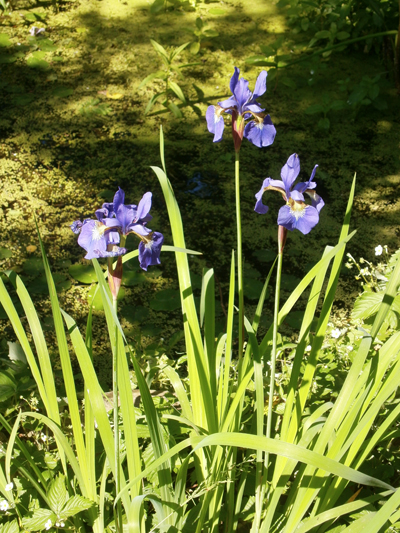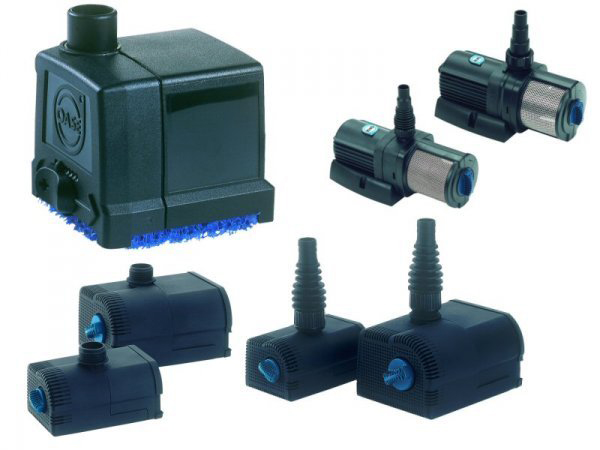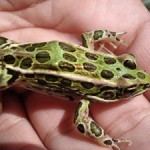Ponds are an incredible edition to any garden and are perfect for attracting a whole range of wildlife; from the fish you may have purchased to the frogs, toads and newts you hope might come and visit. Ponds are a delicate ecosystem; the perfect blend of fish, oxygenating marginal plants and natural wildlife is sometimes hard to get right, but one of the things that can definitely help is maintaining your pond properly.
All ponds need regular maintenance to prevent them from turning into glorified bogs. Regular cleaning is a good idea to prevent silting up. Autumn is generally the best time for cleaning as much of the wildlife is less active or beginning to hibernate. Firstly, it is important to create a holding tank for your fish and other creatures and also your deep water plants using some of the pond water. Marginal plants should be alright as long as they are kept moist. The pond needs to be drained and the fish and creatures removed carefully and put into the tank as they become visible. Any decaying plant material may contain smaller creatures so place to the side of the pond so they can make their way back.
Remove any silt from the bottom of the pond. Most of this can be added to the garden to improve soil structure for your plants but do keep some in hand for replacing at the bottom of the pond. This is important for maintaining an ecosystem for smaller organisms which are beneficial for the pond.
The next step is to clean the liner with a brush and then refill the pond, preferably using rainwater collected from a water butt. Finally return the fish and other creatures and also the deep water plants to the pond.
After cleaning it can take a while for the pond to recover, which is the reason an autumn cleaning is generally preferred.
Another good practice to get into is maintaining your pond pump efficiently. If your pond does not have a pump they are readily available from retailers such as Swell UK in the UK. If you notice the pump is going slower or has stopped completely it might be that the pump is just clogged or suffering from a build-up of blanket weed. Alternatively there may be a problem with the electrics and cabling. The first thing to check is the electricity. Ideally you should have a circuit breaker and a switchbox. The circuit breaker will trip if there is a problem with the electrics; and the switchbox will isolate the different cables on the off chance you have accidently cut through a wire. If you have both of these you can diagnose the problem at the pump.
This problem is relatively easy to remedy; you can usually remove things easily enough from a pump. Pumps are relatively easy to take apart and put together again. If the pump looks green, then you have a problem with blanket weed, otherwise you need to look for the impeller (which is where the water from the pond is sucked in). This is where the blockages will be – use a screwdriver to clear out the cavity. Pond pumps need regular maintenance if you do not look after your pond properly.
And there you have it; a happy clean pond and a suitable working pond pump make for the perfect habitat for fish, frogs and other wildlife.
– Guest post by Chris Plum, pond and garden products advisor






Awesome tips! I have a few fishes die on me by the first time we got a fish pond because of algae growth. Luckily I learned about Pond Dye and the correct way of using it. Now I’m glad that our fish pond is doing well, and plants seem to accustomed to the pond dye as well because they are flourishing.